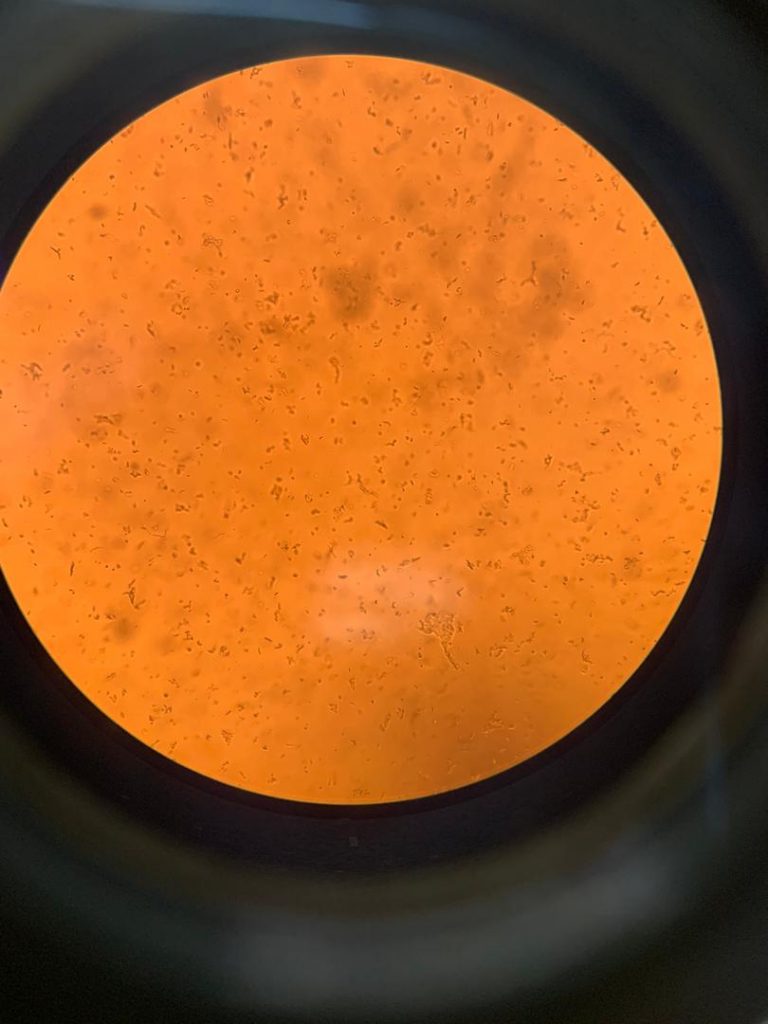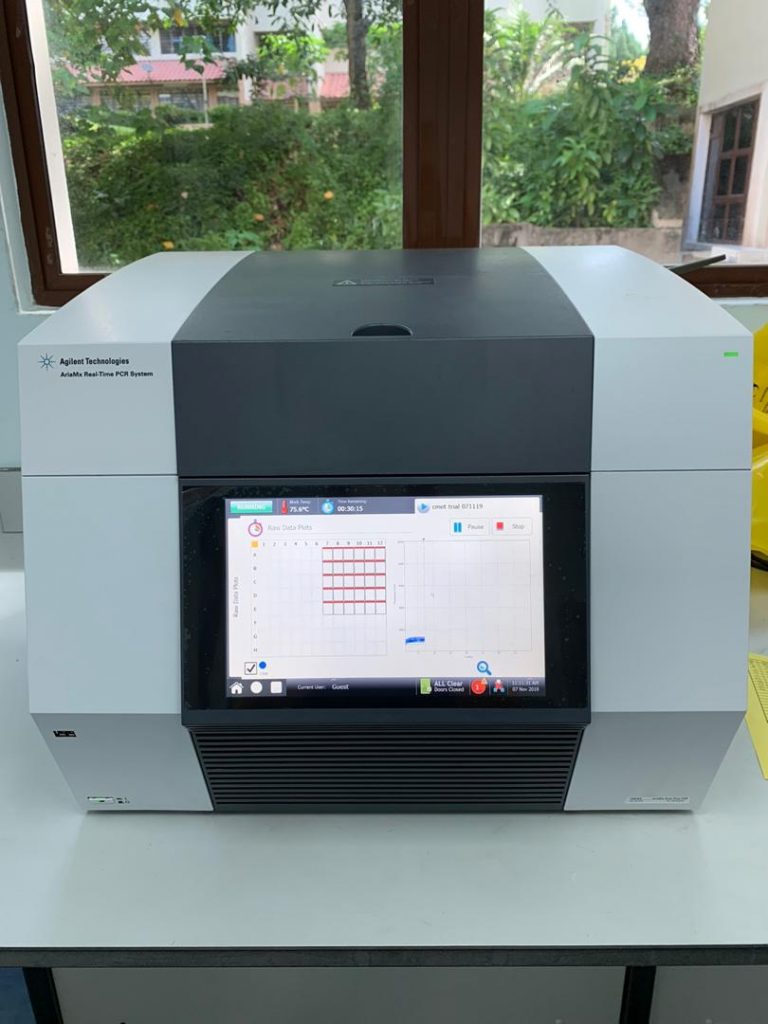My First Industrial Training Experience in a Local University
Without a doubt, the thought of internship was relatively nerve-wrecking yet exciting. I started seeking for internship job opportunities back in my hometown, Penang online 3 months before my next semester started. As usual, interns will have to compose or prepare a curriculum vitae, in short, CV and a letter of approval from respective lecturer to complete our internship application. My actual plan was completing my internship in one of the renowned hospitals in Penang, which was Gleneagles Medical Centre Penang. However, there was no vacancies available for interns at that point, probably because the timing was odd. I was told by one of my friends that one of her friends had worked for a drug research center located in that hospital itself but apparently, the reviews upon the center were quite unpleasant.

It was honestly a struggle to find internship vacancies until one of my lecturers had recommended a professor from University Sains Malaysia and another professor from Monash University to me but I was only seeking for an internship placement in Penang as I would like to explore more about the local universities in Penang, specifically Universiti Sains Malaysia. I have always been very curious about their advancements in research department in terms of the equipments used. I happened to come across a research centre established by a group of scientists located in USM itself, named Institute for Research in Molecular Medicine (INFORMM).
I had no idea that it was actually built for their students who are pursuing in their master and post-doctorate studies. INFORMM offers their students a few courses that were categorised into two major categories – full-time research and mixed mode. Mixed mode is a category which involves both literature studies and research as well of equal duration to complete. Before my application was approved by them, interns were required to choose which professor to work with based on their research topic preferences. I was interested in molecular studies, so I have chosen Professor Madya Dr. Venugopal – he has done a few studies on genes and drug therapy on cancer cells such as HeLa cells.

Albeit the fact that it was only 8-week long internship, I had learnt a few techniques and protocols which were unfamiliar to me. Dr. Venugopal gave me project to work on with guidance from Kim – that is, studies on gene expression of HeLa cells. Thus, I had the opportunity to operate some of the lab equipments, such as, NanoDrop Spectrophotometer, qPCR machine, inverted microscope etc. I was assigned to one of his master students – rather be known as Kim – to guide on how gene analysis was carried out upon HeLa cells. I was fortunate enough to observe the way Kim carried out cell culture which happened to be of my interest. Before I started carrying out my project, I was told to do some literature reading on certain materials that were used and protocols that were used. With all the readings that were made, I have gained insights about certain methods used such as TRIzol method in ribonucleic acid (RNA) extraction, disinfecting the counter of biohazard fumehood with 70% ethanol etc.

Besides that, my project involves a lot of gel electrophoresis method as well, starting from preparation of agarose gel to reading the gel using the image analyser.
I really enjoyed the time during my internship period as I did not have to visualize or even watch YouTube videos of scientists carrying out or operating the equipment but instead, I had a hands-on experience. This way I was able to understand more about how gene analysis was done. Furthermore, I was able to experience the working life, improve my communication skills as I communicate with my colleagues and also, acquired analytical skills.
